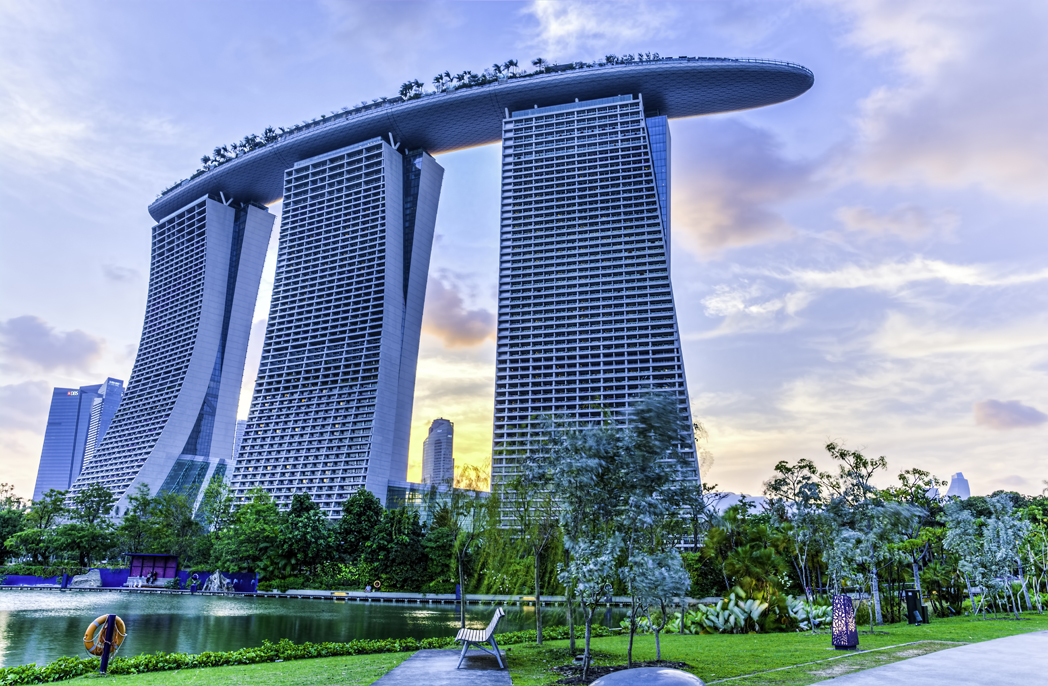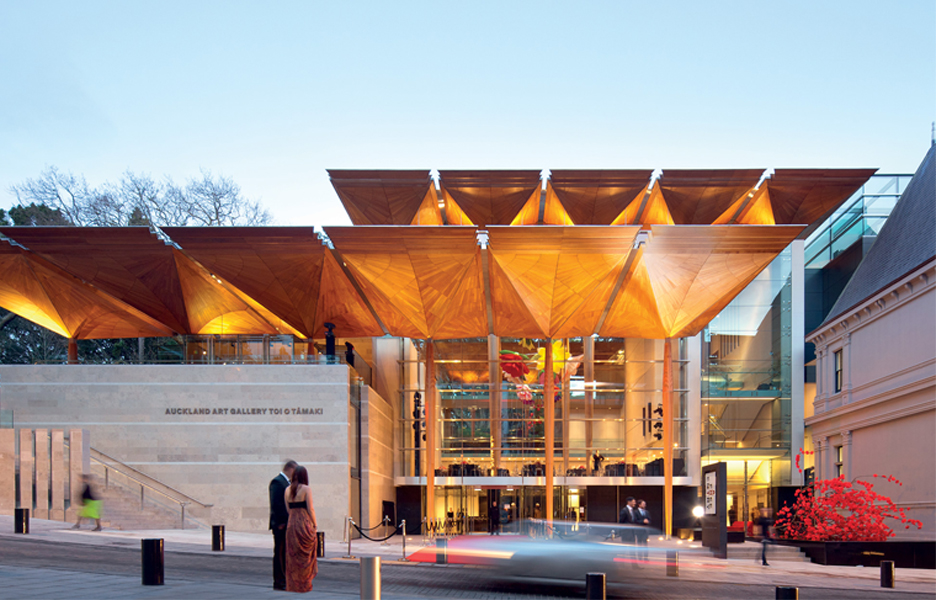
Day one of World Architecture Festival 2023
Day one of World Architecture Festival 2023
Share
The 2023 World Architecture Festival started with a rush of delegates into Marina Bay Sands Expo and Convention Centre on Wednesday 29 November. Here are the highlights from day one according to Australian Design Review (ADR).
World Architecture Festival (WAF) is the largest global live-judged awards event for architects and designers. After a successful return to in-person festivities in Portugal last year, WAF chose Singapore as its host for the first time since 2015.
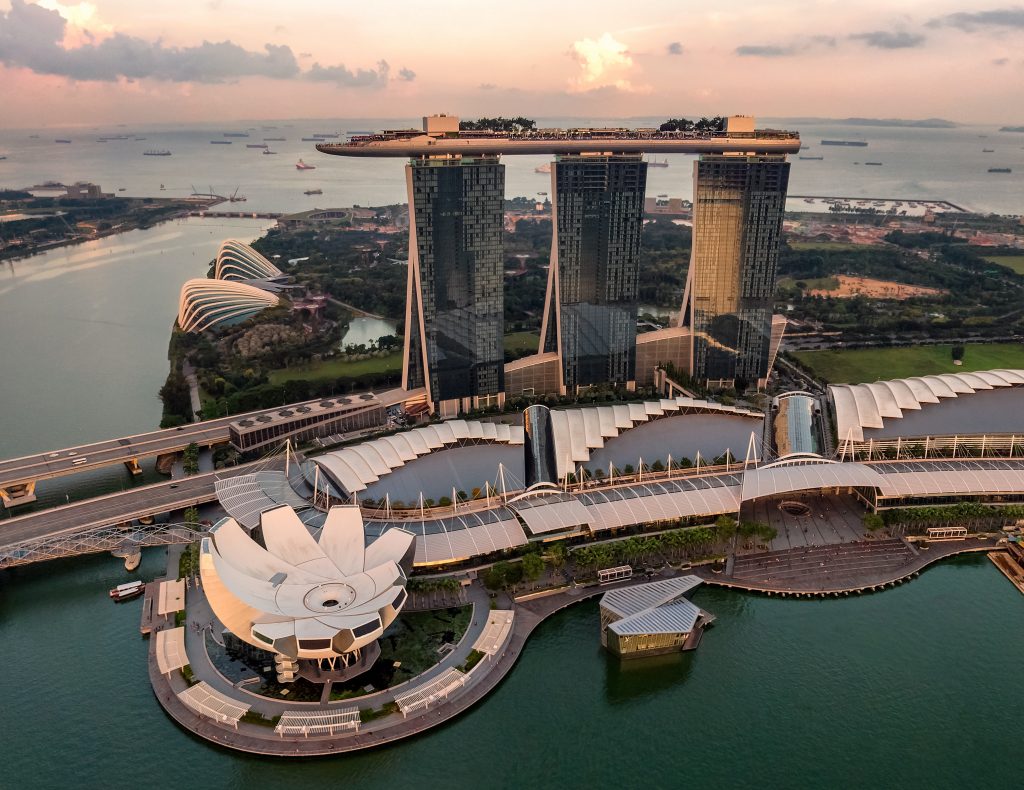
The program now spans 44 categories across future projects, landscapes, interiors and complete buildings. The final projects are judged and winners are announced at the festival between 29 November to 1 December. Inside World Festival of Interiors (IWFI) also runs concurrently with WAF.
Catalytic conversations
Centred around this year’s theme ‘Catalyst’, keynotes and panel discussions from some of the world’s leading architects complemented the spectacle of the live-judging.
In his brief welcome address on Wednesday, WAF program director Paul Finch explained that the festival was interested in discovering the “drivers” behind the attitudes and values of architects and designers.
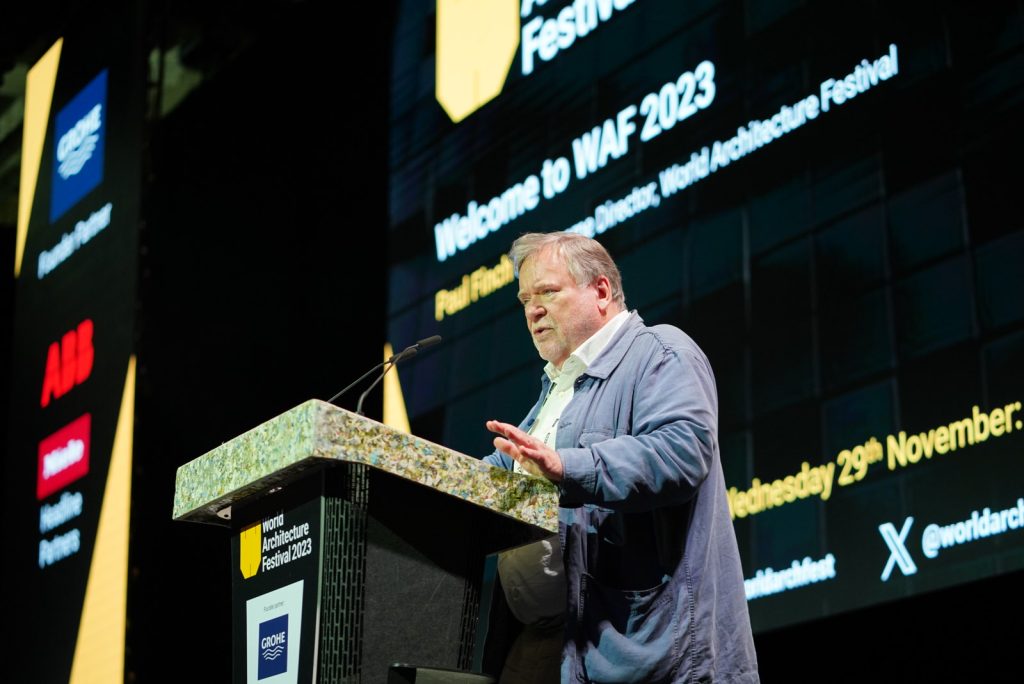
“In a way, all the presentations going on in the crit rooms today and tomorrow, a lot of that will be concerned with ‘why we did what we did’. Was it client requirement? Was it the nature of the site? Was it the nature of the generic architectural challenge? Was it something that our practice has been exploring?” he said.
What makes a building iconic?
Finch drew attention to the local context by welcoming to the stage Safdie Architects senior partner Charu Kokate to discuss her lead project work on Marina Bay Sands and Jewel Changi Airport, among other Singapore landmarks. Kokate’s talk aptly explored the question of the architectural icon for the first keynote.
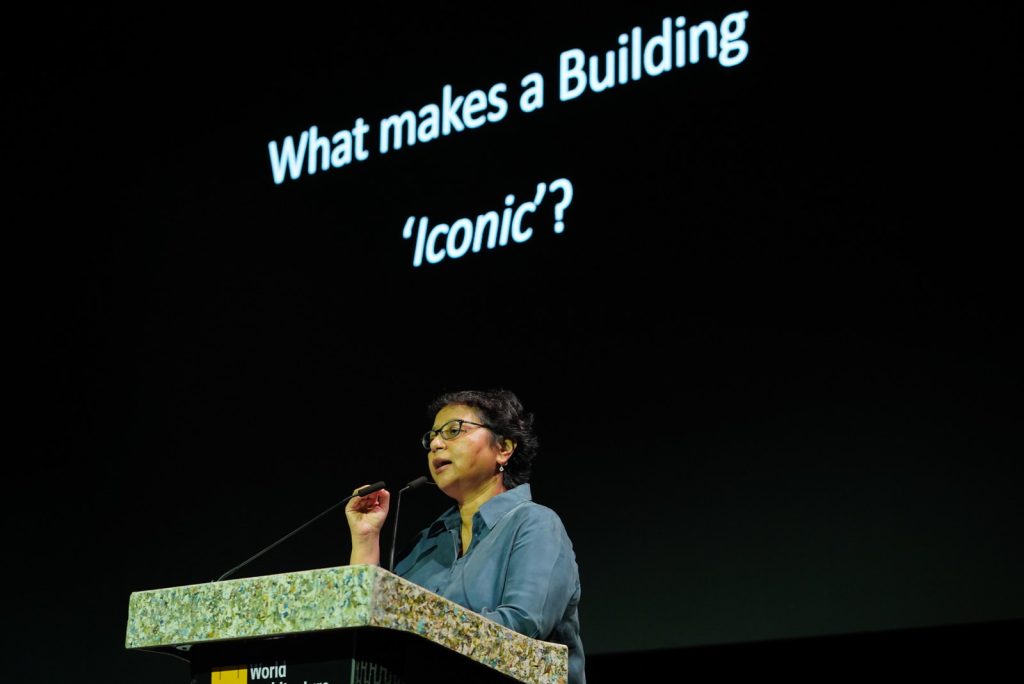
“Marina Bay Sands – as you all know – is a global phenomenon around the world, and known as [the] symbol of Singapore. It’s also an example of how architecture can be a catalyst for economic growth and change,” she said.
Kokate explained how these buildings have created a sense of pride and belonging for their users.
“Iconic is something that people bestow the title on the buildings. It’s not something that you can just create and say: ‘make it iconic’,” she concluded.
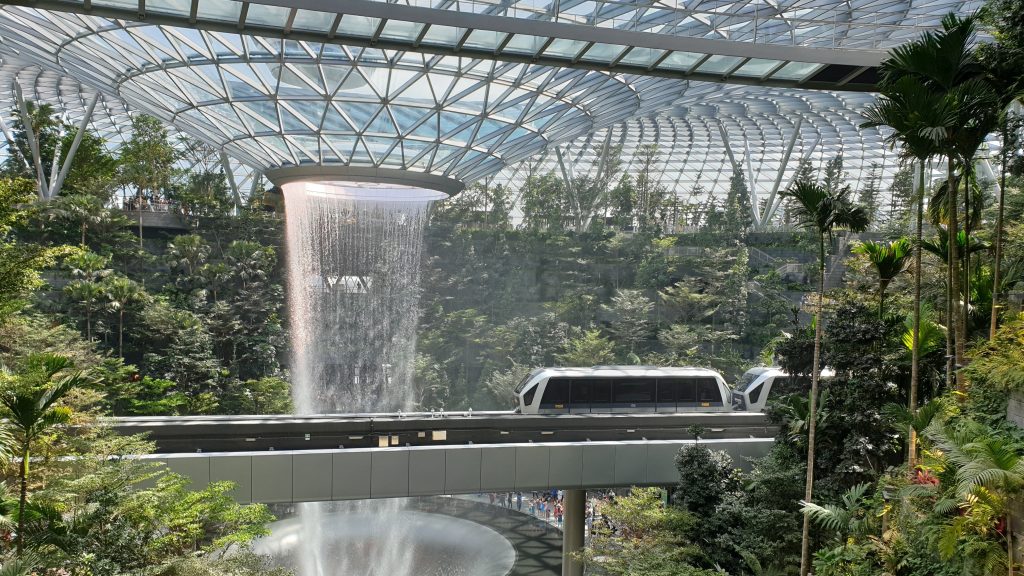
Using Super Connectors to combat density
Veteran Singaporean architect planner Tan Cheng Siong followed Kokate to present his thesis on why cities, rich and poor, urgently need ‘Super Connectors’.
Using Singapore as an example, he spoke of how its “beautiful” high-density structures have unfortunately created “ghost towns” at their bases, which would be rectified with better on-the-ground connection.
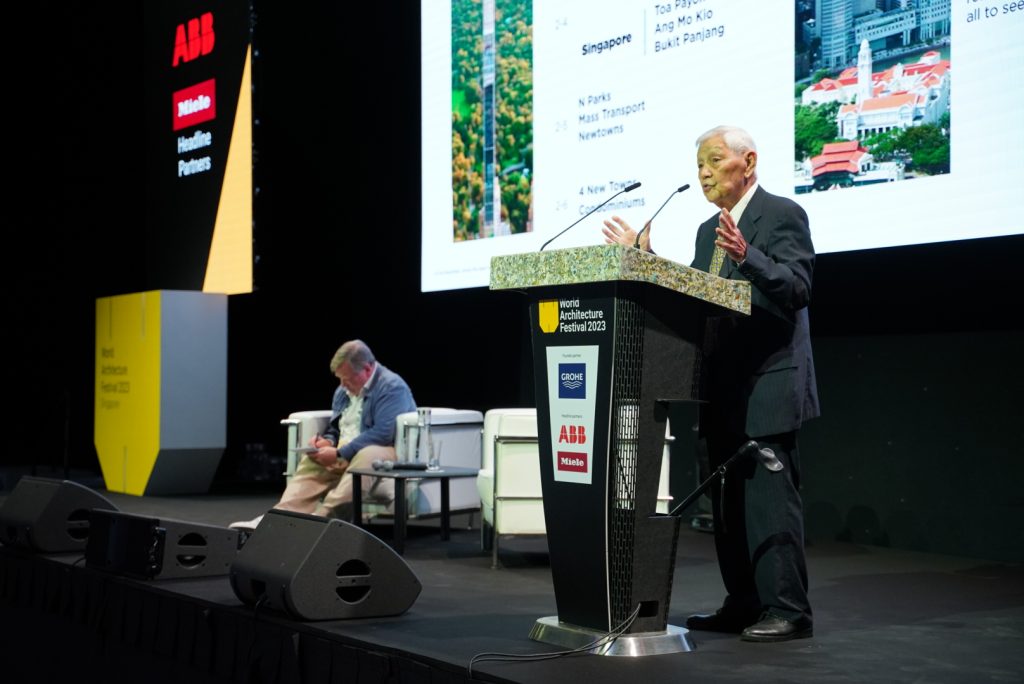
“Density alone is not good enough,” he said.
“You don’t live in super high rises all the time – you need to come down to the ground. And with more cars, more roads, more everything on the ground, man has lost his place. They can’t even walk properly, they can’t even cycle properly, they can’t even meet properly on the ground in the open air, so this is my concern.”
How to revive a post-disaster city
Perhaps the most urgent topic of the day’s talks was ‘How to revive a post-disaster city: A new model for international collaboration’.
Following the devastating Turkey-Syria earthquake in February, Türkiye Design Council is spearheading the design-led revitalisation of Hatay and Adıyaman in Türkiye’s southeast.
Türkiye Design Council has convened a group of leading experts in architecture, design, engineering, environmental sustainability, culture, heritage and archaeology to reimagine one of the world’s most ancient places.
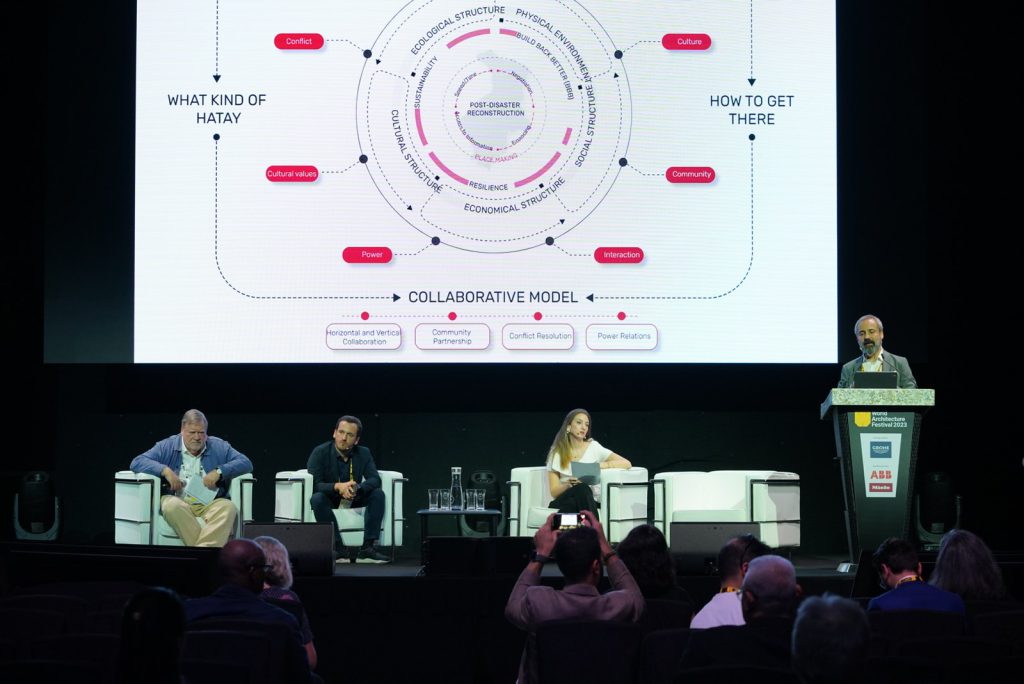
Wednesday’s panel featured collaborators Mehmet Kalyoncu (Türkiye Design Council), Loukia Iliopoulou (Foster + Partners) and Cem Yılmaz (Keym Urban Renewal Center). They discussed their hopes of forming a new international model for collaboration that can be transferable to support other cities that need design and planning support after disasters.
“If we don’t start to design for Kharkiv, how can Kharkiv be better?” Kalyoncu asked.
“Everything starts with design. If we don’t think Beirut will be better like the good old days, then we have the responsibility to start designing, without expecting a call or without having to be commissioned by someone. And if we start designing something good for Gaza, Gaza will be better.”
Live-judging Australian design
Meanwhile, across 17 crit rooms, hundreds of studios presented shortlisted projects for the WAFX Prizes and the IFWI awards. They were under tough pressure from judges posing questions in front of curious crowds seated in the small, igloo-like rooms.
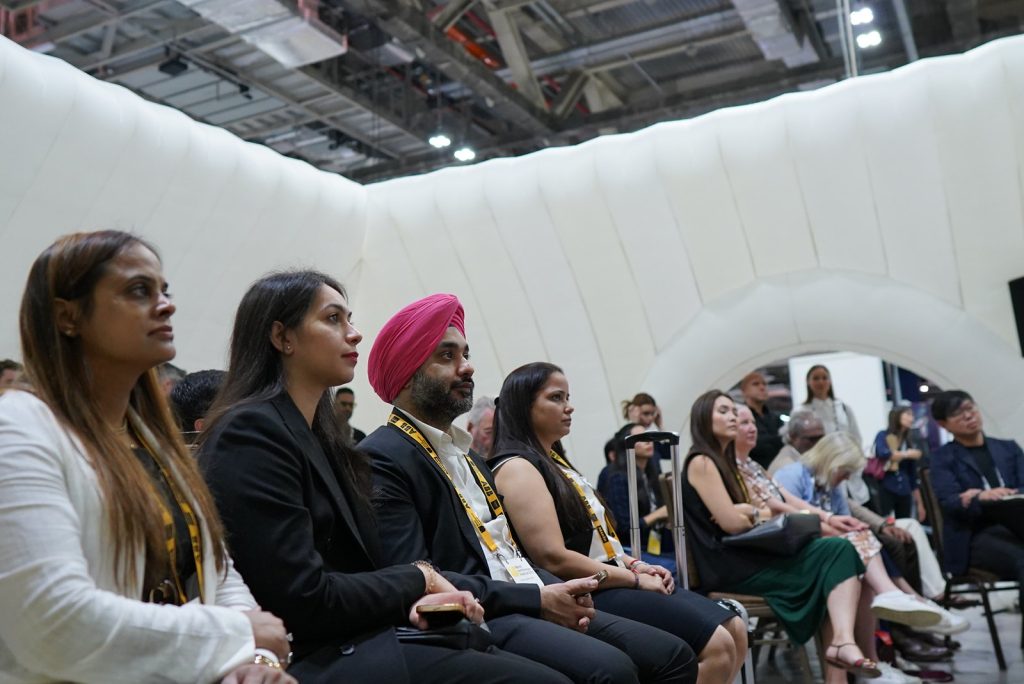
Among them was Sydney-based practice AJC Architects, which had two projects shortlisted in the WAF Completed Buildings – School category from Abbotsleigh Junior and Senior Schools. Fellow Sydney-sider TKD Architects competed in the same category for its project Alexandria Park Community School.
Three of Woods Bagot’s four WAF-shortlisted projects were located in Australia and the global practice similarly pitched three shortlisted Australian projects for IFWI.
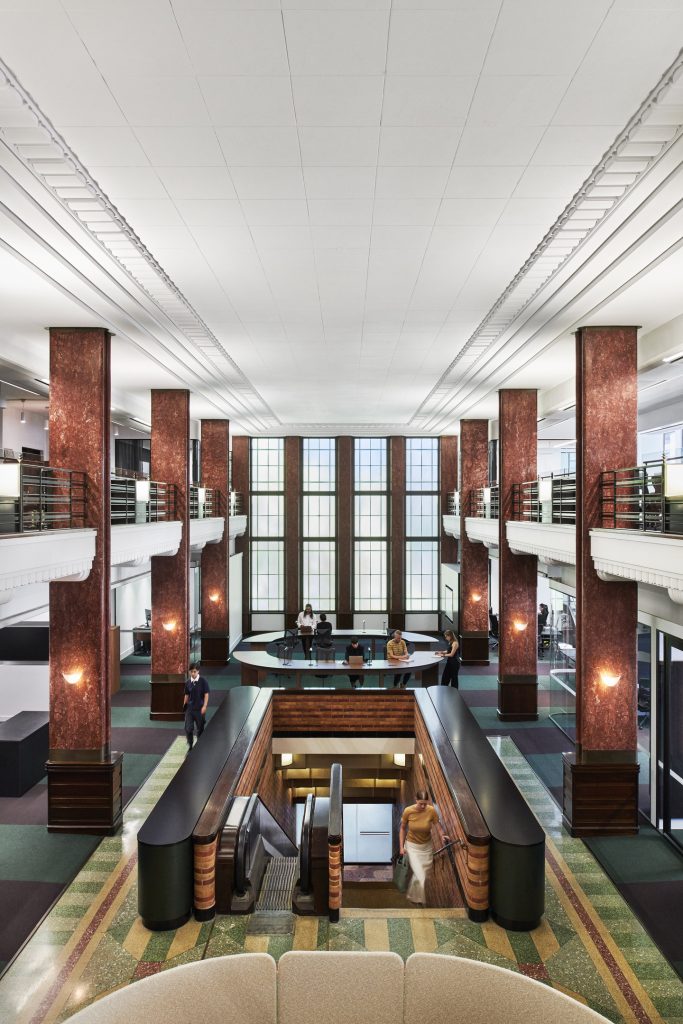
ADR will be back at WAF over the next two days for a rundown of the winners. Follow along on ADR’s Instagram.
Photography by WAF unless otherwise stated.
Editorial note: WAF paid for ADR to attend the festival.
You Might also Like
